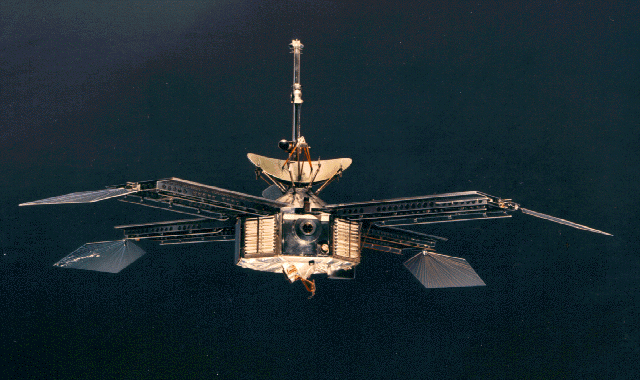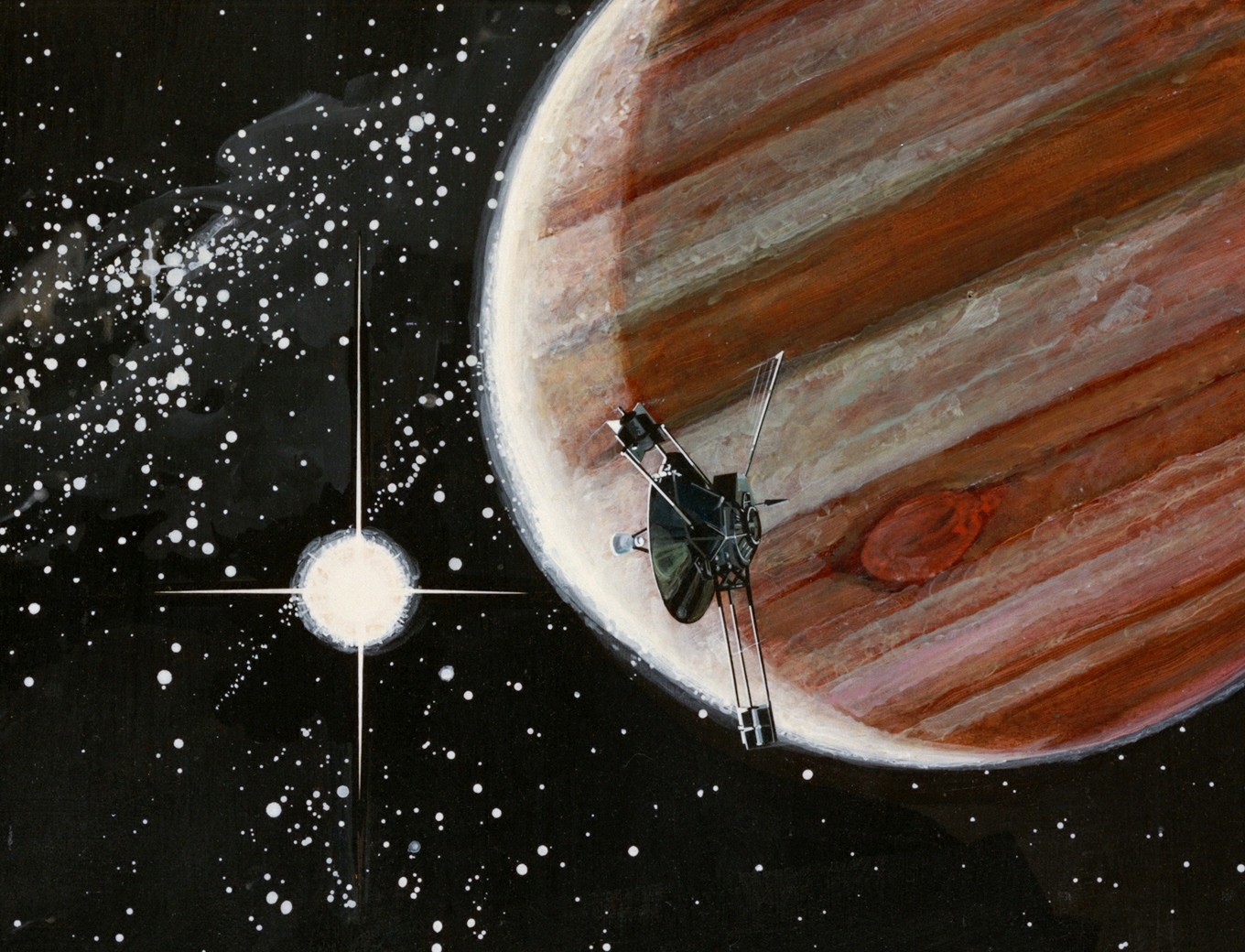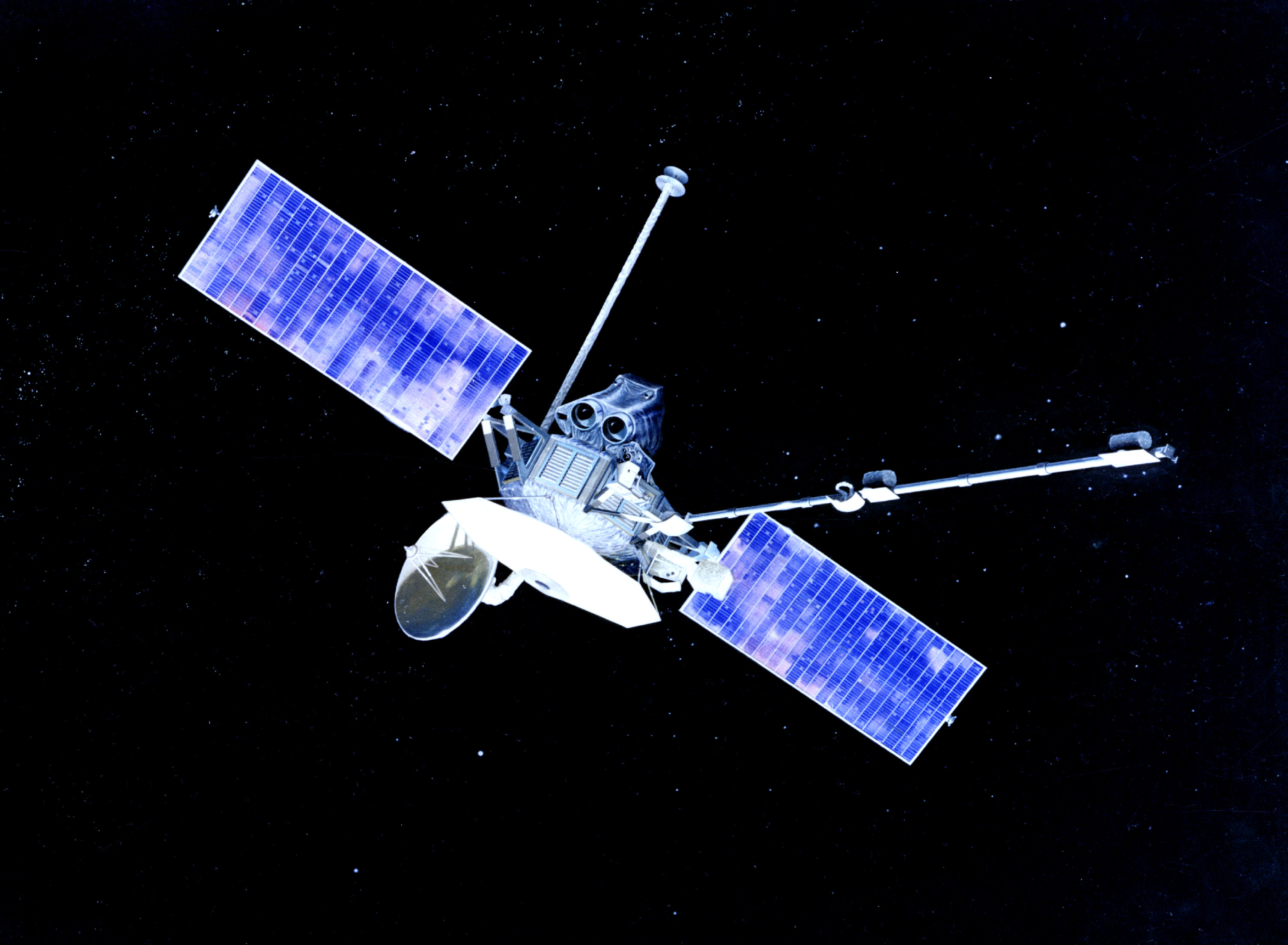Timeline of Solar System exploration on:
[Wikipedia]
[Google]
[Amazon]
 This is a timeline of Solar System exploration ordered by date of
This is a timeline of Solar System exploration ordered by date of


















NASA Lunar and Planetary Science
NASA Solar System Strategic Exploration Plans
{{DEFAULTSORT:Timeline of Solar System Exploration Solar System Exploration Discovery and exploration of the Solar System
 This is a timeline of Solar System exploration ordered by date of
This is a timeline of Solar System exploration ordered by date of spacecraft
A spacecraft is a vehicle or machine designed to fly in outer space. A type of artificial satellite, spacecraft are used for a variety of purposes, including communications, Earth observation, meteorology, navigation, space colonization, ...
launch. It includes:
*All spacecraft that have left Earth orbit for the purposes of Solar System exploration (or were launched with that intention but failed), including lunar probe
The physical exploration of the Moon began when ''Luna 2'', a space probe launched by the Soviet Union, made an impact on the surface of the Moon on September 14, 1959. Prior to that the only available means of exploration had been observat ...
s.
*A small number of pioneering or notable Earth-orbiting craft.
It does ''not'' include:
*Centuries of terrestrial telescopic observation.
*The great majority of Earth-orbiting satellites.
*Space probe
A space probe is an artificial satellite that travels through space to collect scientific data. A space probe may orbit Earth; approach the Moon; travel through interplanetary space; flyby, orbit, or land or fly on other planetary bodies; o ...
s leaving Earth orbit that are not concerned with Solar System exploration (such as space telescope
A space telescope or space observatory is a telescope in outer space used to observe astronomical objects. Suggested by Lyman Spitzer in 1946, the first operational telescopes were the American Orbiting Astronomical Observatory, OAO-2 launch ...
s targeted at distant galaxies, cosmic background radiation
Cosmic background radiation is electromagnetic radiation from the Big Bang. The origin of this radiation depends on the region of the spectrum that is observed. One component is the cosmic microwave background. This component is redshifted ph ...
observatories, and so on).
*Probes that failed at launch.
The dates listed are launch dates, but the achievements noted may have occurred some time laterin some cases, a considerable time later (for example, ''Voyager 2
''Voyager 2'' is a space probe launched by NASA on August 20, 1977, to study the outer planets and interstellar space beyond the Sun's heliosphere. As a part of the Voyager program, it was launched 16 days before its twin, '' Voyager 1'', ...
'', launched 20 August 1977, did not reach Neptune until 1989).
1950s

1960s




1970s




1980s

1990s

2000s

2010s



2020s

Planned or scheduled
See also
* Discovery and exploration of the Solar System * List of missions to the Moon * List of missions to Mars * List of Solar System probes *List of space telescopes
This list of space telescopes (astronomical space observatories) is grouped by major frequency ranges: gamma ray, x-ray, ultraviolet, visible, infrared, microwave and radio. Telescopes that work in multiple frequency bands are included in all ...
*New Frontiers program
The New Frontiers program is a series of space exploration missions being conducted by NASA with the purpose of furthering the understanding of the Solar System. The program selects medium-class missions which can provide high science returns.
...
* ''Out of the Cradle'' – 1984 book about scientific speculation on future missions.
*Space Race
The Space Race was a 20th-century competition between two Cold War rivals, the United States and the Soviet Union, to achieve superior spaceflight capability. It had its origins in the ballistic missile-based nuclear arms race between the t ...
* Timeline of artificial satellites and space probes
* Timeline of discovery of Solar System planets and their moons
* Timeline of first orbital launches by country
* Timeline of space exploration
* Timeline of space travel by nationality
* Timeline of spaceflight
References
External links
NASA Lunar and Planetary Science
NASA Solar System Strategic Exploration Plans
{{DEFAULTSORT:Timeline of Solar System Exploration Solar System Exploration Discovery and exploration of the Solar System